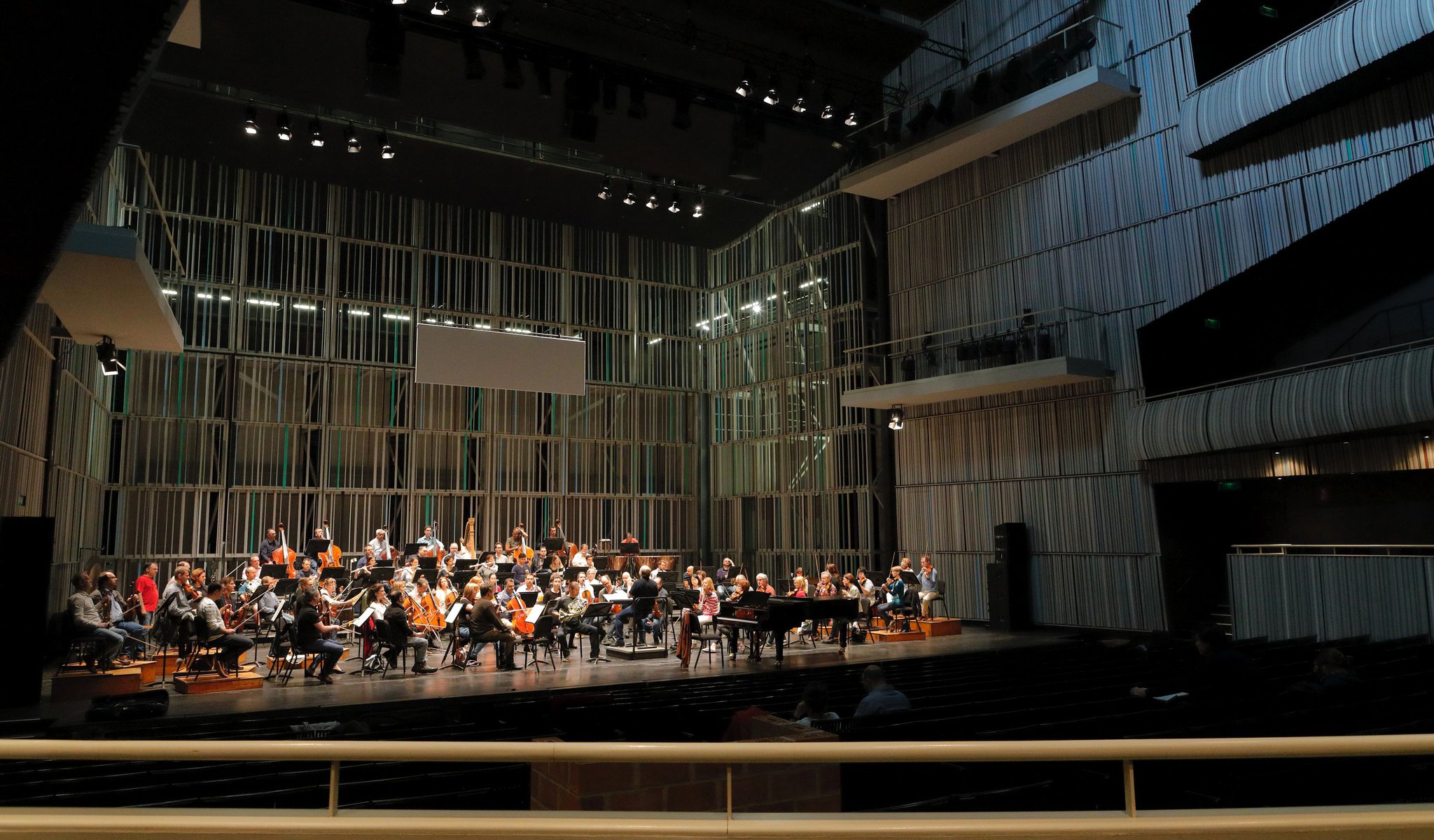
Program
Featuring
Other information
The event is about 2.5 hours long.
About the event
Ludwig and Gustav – two completely opposing personalities. Beethoven and Mahler – two composers for whom nothing was impossible in the realm of musical expression; who did not care about expectations and traditions, but dared to innovate, dreaming bigger and creating greater things. Piano Concerto No. 4 demands a Beethovenian pianist, as this was the last concerto he composed for himself. However, a Liszt player may be just as suitable for the piece, like pianist Daniil Trifonov, who is not yet thirty, but has already been compared to Liszt by The Washington Post not only for his virtuosity, but also for his mesmerizing impact on the audience. The grandiose piece will be followed by another titan, Mahler’s lengthy palette of emotions, his Symphony No. 1, which was premiered in Budapest.
Although Beethoven entered the history of music as a deaf composer, he wrote the majority of his oeuvre with perfect hearing. He began to lose his hearing in 1798, and the problem mainly affected his performing career, which he had to give up completely ten years later. The last concert where he played as a soloist was in Vienna on 22 December 1808. He performed his fourth and most solemn piano concerto, which, as he composed it for himself, abounds with improvisation-like passages. The piece does not begin with an orchestral introduction as was usual for the age, but – for the first time in the history of music – with the piano presenting the main theme related to the famous fate motif. The second movement is the passionate and tense dialogue of two worlds; Liszt thought that it was a musical representation of the Orpheus story. The finale eases the tension of the often introspective piece with a joyous rondo.
After Beethoven, writing symphonies could never be the routine-like process it was before. Composers were less inclined to turn to the genre and when they did, the result was numerous sketches, several versions and continuous struggle as indicated in their letters. And the results were also masterpieces, of course. Mahler started to work on his first symphony at the end of 1887. At first, he planned it to be a five-movement symphonic poem with a program. “A symphony must be like the world. It must embrace everything”, he wrote to Sibelius. This attitude is reflected in the motifs reaching across the movements and related to one another, the self-references, the stylistic diversions and the varied instrumentation. The symphony starts with a rather long and slow introduction. Then we gradually arrive from the motif fragments at the main motif of the composition. Instead of the “Blumine” deleted by Mahler and now performed as an independent concert piece, the second movement was replaced with an energetic scherzo, which is followed by a unique slow movement including a children’s song performed by double bass, klezmer music and a soldier’s march. The piece concludes with a passionate finale, tragic at first, but eventually triumphant.